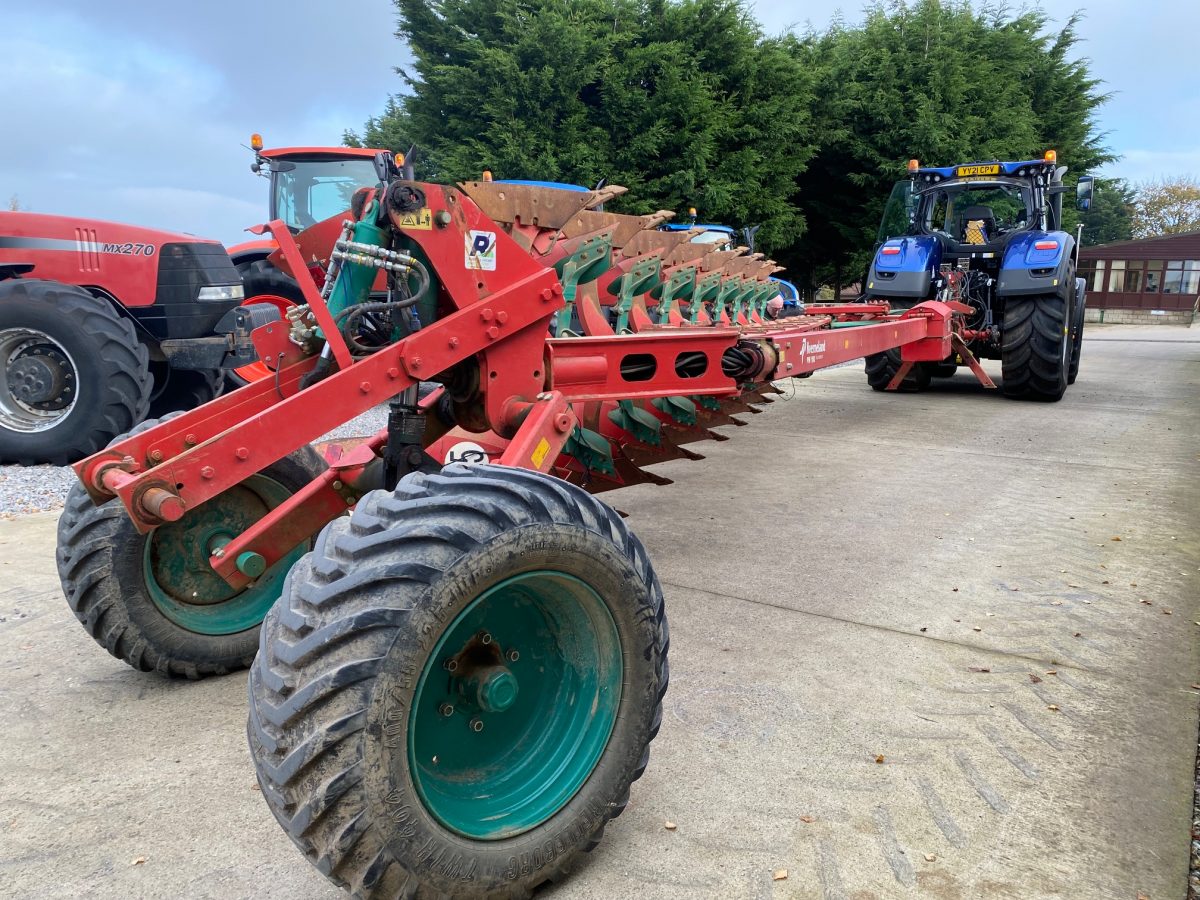

- Thebrain 9 how to dock notes at bottom of screen update#
- Thebrain 9 how to dock notes at bottom of screen license#
- Thebrain 9 how to dock notes at bottom of screen download#
WARNING: This will reduce the number of torsion angles reported by the QuaSAR descriptors! Terminal rotors, such as terminal methy groups, are now filtered.
Thebrain 9 how to dock notes at bottom of screen update#
The authors of the of the original Torsion Analyzer are not affiliated with the authors of this implementation! Please report all bugs update *** Guba, W., Meyder, A., Rarey, M., and Hert, J.
Thebrain 9 how to dock notes at bottom of screen license#
This will require a valid CSD license (to be bought from the CCDC)!

The bonds are colored in green/yellow/red based on their individual quality. the strain) of individual bonds of the conformation of a molecule based on statistics in structural databases. Rarey (Uni Hamburg) in cooperation with the CADD group of Roche AG published the Torsion Analyzer.

Thebrain 9 how to dock notes at bottom of screen download#
To download the scripts and other necessary files, please email RF Interactions tool identifies, scores and visualizes receptor-ligand interactions based on their statistical siognificance. Thus, the tool in this package allows for additional experimental information to be optionally provided, to guide the predictions and thereby generate more accurate results.A demonstration of this tool in both a limited knowledge scenario (suitable for initial exploration of ternary complex structure) and an extensive knowledge scenario (where a known, effective glue design is being modified) can be viewed at note: This download contains only the instruction manual. As a consequence of this simplification, however, rationally predicting the behavior of a putative molecular glue has proven elusive. Conceptually similar to bifunctional degraders (often referred to as PROTACs), molecular glues tend to be smaller and more drug-like, as the two proteins in a ternary complex interact with the same single moiety in a molecular glue. The tool in this package allows for the prediction of ternary complexes mediated by molecular glues.


 0 kommentar(er)
0 kommentar(er)
